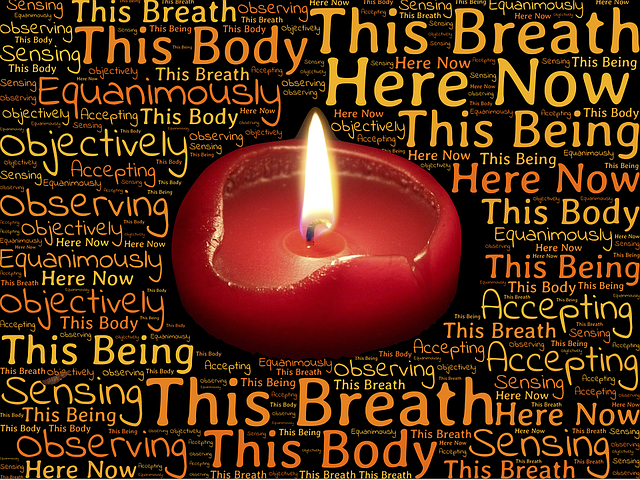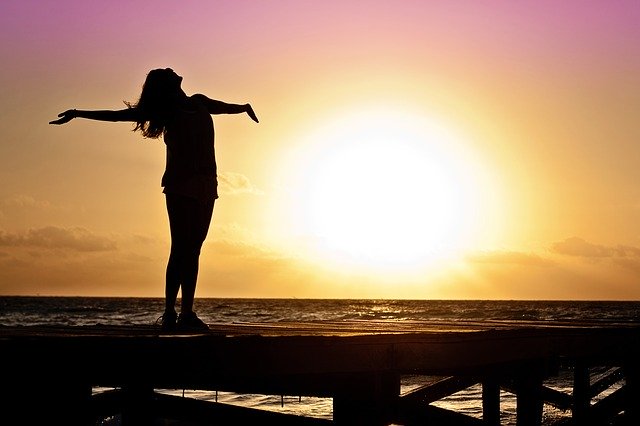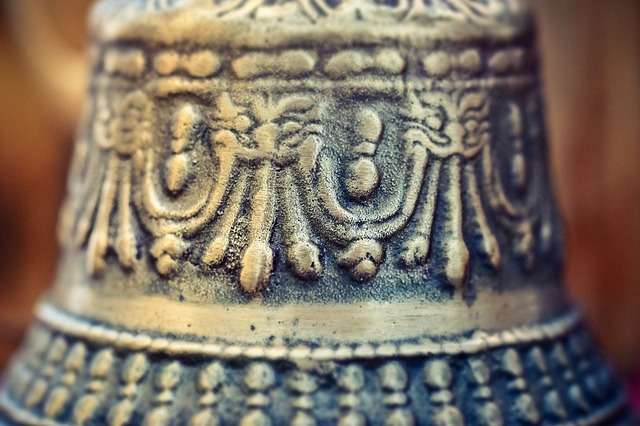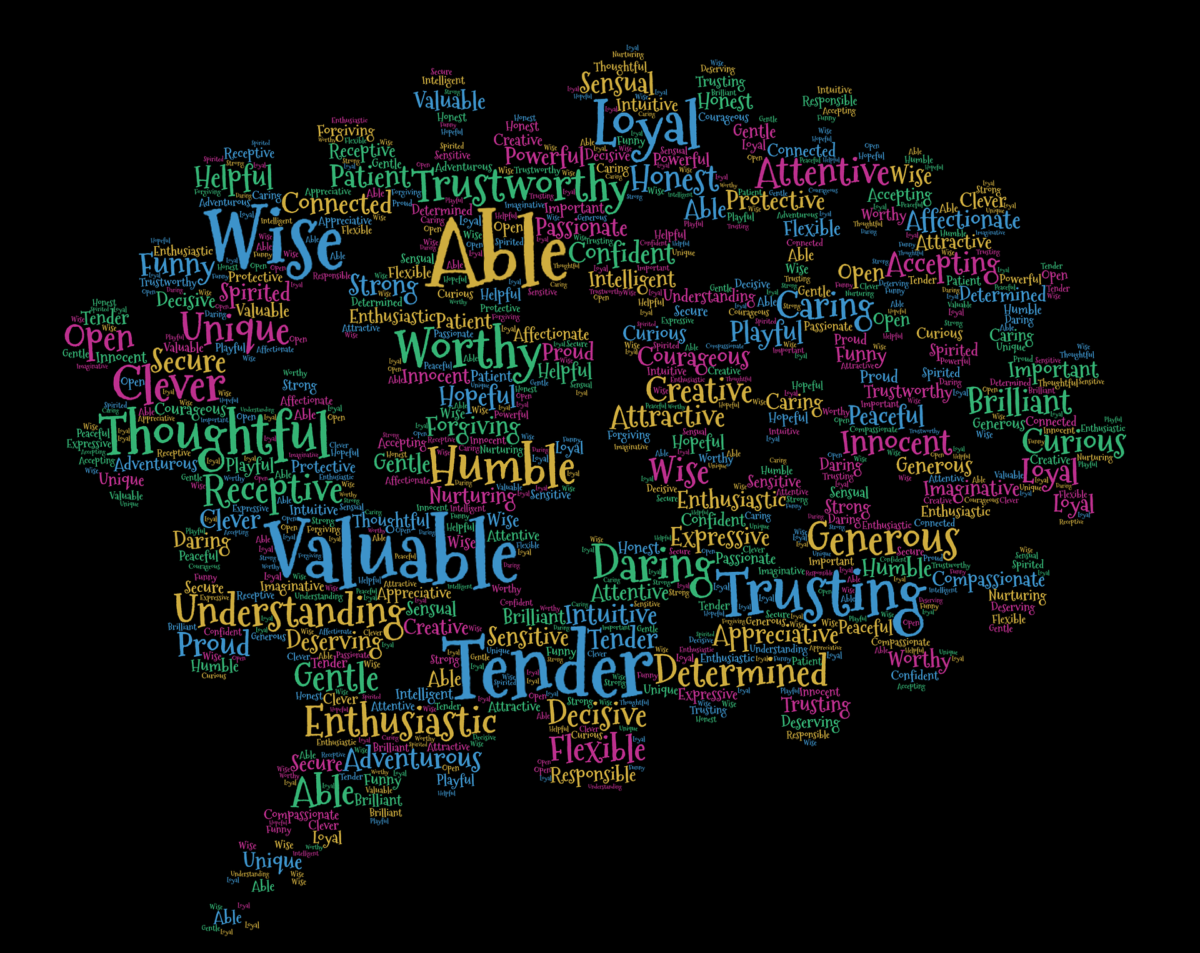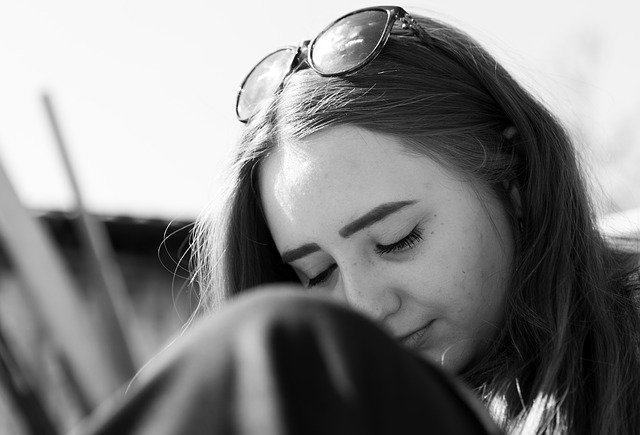In our October Creative Meetup we focused on the theme of “breath” catalyzed, in part, by James Nestor’s book, Breath: The New Science of a Lost Art. In our discussion, various poems about “breath” were highlighted. These included Mary Oliver’s poem, I Am Breathing and Rumi’s poem Only Breath where he notes, “first, last, outer, inner, only that breath breathing ”. The poems and James’ book reinforce the essential nature of breathing for human existence – at every moment that we are alive, we are breathing.
We consciously “hold our breath” for many reasons. It may be to swim under water, to steady ourselves before playing a tennis shot or as part of a mindful breathing exercise. However, we often hold our breath unconsciously when we experience fear, anxiety, anger or shock. This was made clear by an exercise we undertook as part of the Creative Meetup. We were asked to think of a time when we held our breath and explore what happened at the time in terms of bodily sensations and emotions.
What immediately came to mind for me was a car accident that I experienced when I was 12 years old. I was travelling with my family and my father was driving us home. At one moment, I looked out the side window of my passenger seat to observe a large car approaching on the left (we were in a small car on a main road). It was as if time stood still as I realised that the oncoming car was going to crash into us and instinctively I held my breath waiting for the impact. We were hit on my mother’s passenger side and ended up upside down at the foot of a four metre embankment. I can’t remember when I exhaled but I was aware that my breathing was erratic and I was in shock.
Learning to breathe with intention
James Nestor recounts how he undertook research with free divers in Greece. These divers were able to dive to incredible depths (up to 300 feet) while holding their breath (not assisted by any breathing apparatus). They could dive to depths that scientists thought were not possible for human beings. What James learned was that these divers considered breathing a conscious act (not unconscious as most of us breathe in our daily lives). For the divers, breathing is a mechanism to achieve depth in diving and they intentionally “coax their lungs to work harder” so that they are able “to tap the pulmonary capabilities that the rest of us ignore”. The divers suggested that anyone who is healthy can achieve what they achieve if they put in the time and energy “to master the art of breathing”.
In talking to a range of divers, James learned that there are multiple ways to breathe and that different ways to breathe “will affect our bodies differently”. The divers explained that various breathing methods can enhance our brains, lengthen our life span or improve our physical and mental health. Other ways we breathe can have the opposite effects. James discovered that the secret to nourishing our brains and enhancing our health is to breathe with intention.
James expanded his personal interview research with divers by exploring the published literature on breathing including books on regulating breathing that were 400 years old. As James points out, many cultures over the centuries have focused on the art of breathing and its benefits, e.g. Buddhists use conscious breathing to reach higher levels of awareness and to achieve longevity. The scientific literature reinforces the view that how we breathe can affect the systems of the body, e.g. our immune and digestive systems. Some of the research, for example, showed that “asthma, anxiety and even hypertension, and psoriasis” could be reversed or reduced by changing the way we breathe.
James’ conclusion from all his research is that we can use conscious breathing “to hack into our nervous system and control our immune response and restore health”. In his book , he sets about providing exercises to enable us to learn to breathe with intention so that we can reach our potential in terms of our mental and physical health.
Reflection
As I listened to the audiobook version of James’ book, Breath, I began to realise that intentional breathing as promoted by him could help me alleviate my MCAS difficulties – which are fundamentally a result of an over-reactive immune system. Calming my immune system through the breathing exercises contained in each chapter of James’ book could enable me to expand my food options, which at the moment are severely limited because of my food sensitivity responses (such as rash, hives, headaches, and nausea).
Many mindfulness teachers demonstrate that we can grow in mindfulness through conscious breathing which enables us to become grounded, calm the mind and body, expand our lung capacity and increase our focus and clarity of thinking.
__________________________________
Image by John Hain from Pixabay
By Ron Passfield – Copyright (Creative Commons license, Attribution–Non Commercial–No Derivatives)
Disclosure: If you purchase a product through this site, I may earn a commission which will help to pay for the site, the associated Meetup group and the resources to support the blog.
